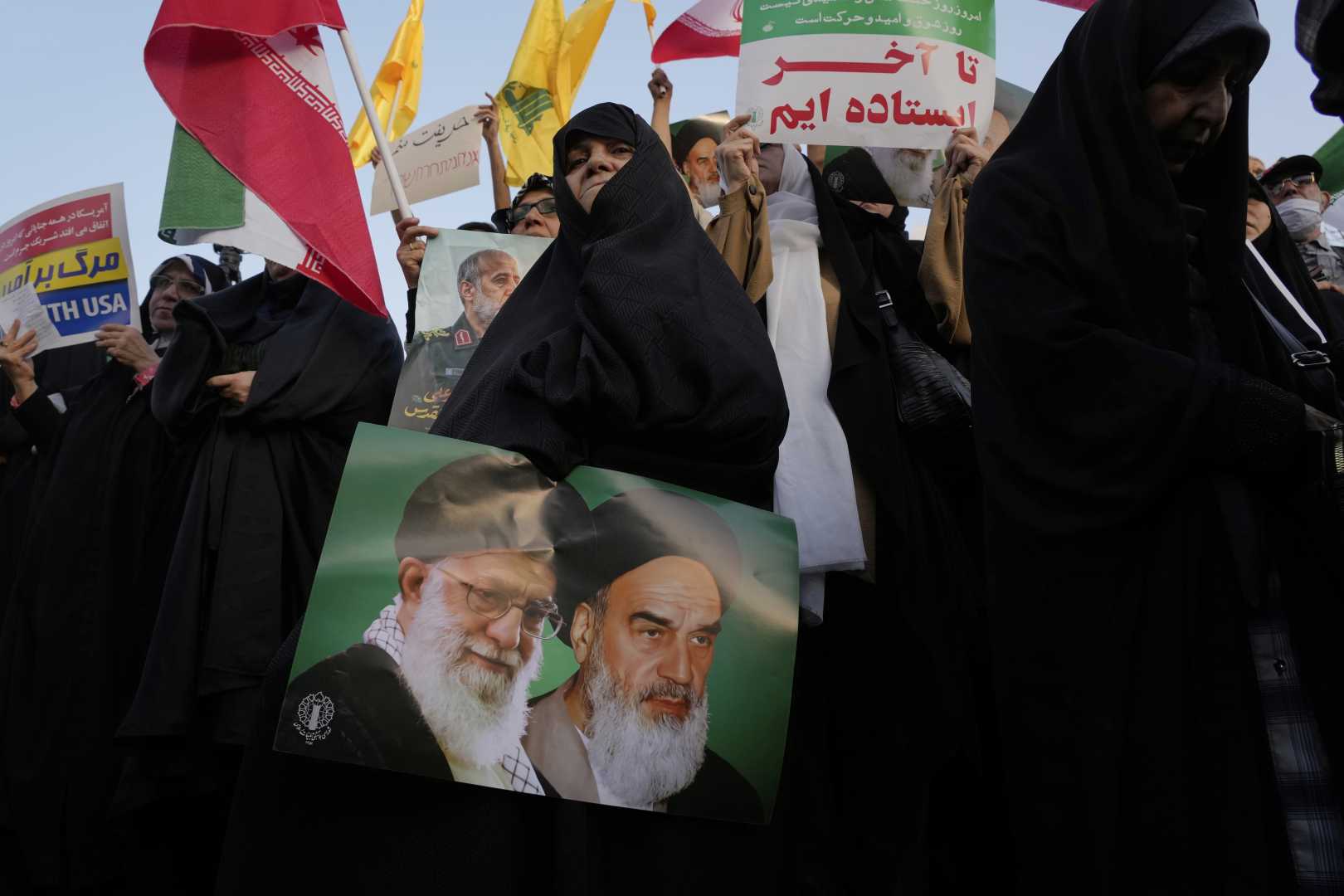World
Khamenei’s Future Uncertain Amid Conflict and Succession Speculation

DUBAI, Iran — The political future of Iran hangs in the balance as Supreme Leader Ayatollah Ali Khamenei navigates escalating tensions with Israel following significant military attacks.
At 86, Khamenei has led Iran since 1989, after succeeding Ayatollah Ruhollah Khomeini, the founder of the Islamic Republic. His leadership is under intense scrutiny after he recently declared that Iran would not capitulate to foreign demands. ‘War will be met with war, bombing with bombing, and strike with strike,’ Khamenei stated in remarks reported by Tasnim, the semi-official news agency.
This belligerent stance comes in response to increased Israeli military actions targeting Iran’s nuclear facilities, which the U.S. has supported. The Israeli attacks reportedly killed several key figures in Iran’s nuclear program and stimulated discussions among senior clerics regarding Khamenei’s successor.
Khamenei’s authority is absolute, derived from a system where he controls not only the military but also legislative and judicial branches. Experts note that his political survival correlates directly with the stability of his regime, which is currently facing internal dissent and external military threats.
In recent days, Khamenei has gone into hiding, guarded by elite Revolutionary Guards as questions about potential successors emerge. A three-man committee established for this purpose is reportedly accelerating its work due to the growing instability.
Two frontrunners for succession have come to the forefront: Khamenei’s son, Mojtaba, deemed a continuity candidate, and Hassan Khomeini, grandson of the revolution’s founder, who represents a more moderate alternative. Both are closely monitored as Khamenei’s health issues raise the prospect of imminent change in leadership.
Political analyst Barbara Slavin suggests that any new leader must navigate the complicated power dynamics that Khamenei has established, as rival factions within Iran vie for influence amid uncertainty. ‘The regime wants to survive,’ Slavin noted, emphasizing the importance of a cohesive command structure in these tumultuous times.
As the Iranian government grapples with the aftermath of the recent attacks and the specter of leadership transition, the future of its nuclear aspirations, regional relations, and internal stability are all under intense scrutiny.
With Khamenei’s declaration against surrender, it remains to be seen how Iran will respond to ongoing military pressures and whether the clerical establishment can maintain unity in the face of unprecedented challenges.












